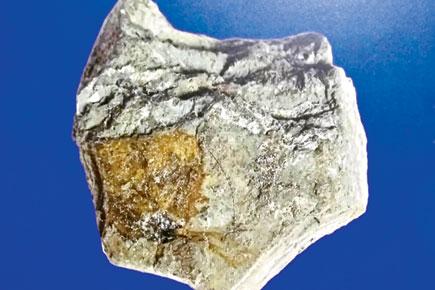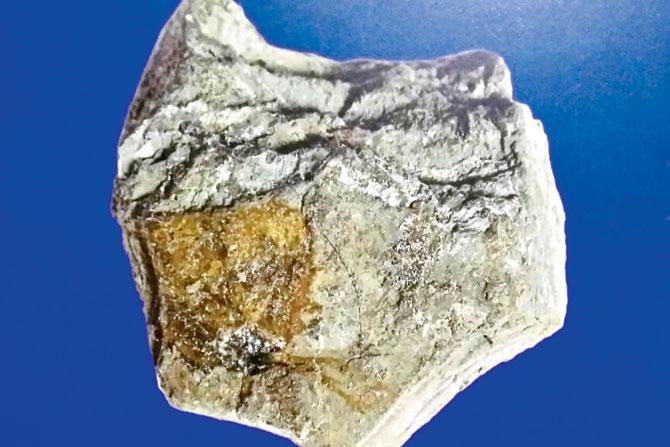On June 30, the Nehru planetarium in Worli will put on display three meteor samples – the oldest of which dates back to the era of dinosaurs – for the public


The 65-million-year-old meteorite
ADVERTISEMENT
From Earth, we can only look up and wonder about the myserious celestial storm in the cosmos. The Nehru Planetarium in Worli has decided to unravel a bit of the mystery on International Asteroid Day on June 30. It will showcase three rare meteor samples. "They will be on display from 11.30 am to 5 pm," said Arvind Paranjpye, planetarium director.
We have a 65-million-year-old sample from the period when the dinosaurs became extinct along with the Breccia meteorite (37 million years old) and Canyon Diablo (49,500 years old) meteorite."
Day's agenda
Sources from the Nehru planetarium said, "There will be a 24-hour live broadcast on space and asteroids, which will include six hours of streaming from Luxembourg, in addition to live programming from NASA, JAXA and ESA."
The aim of this international programming is to create a global conversation about some of the most important asteroid missions and latest discoveries with scientists and experts from around the world. (Log on to https://asteroidday.org/resources/ for details.)

The Breccias meteorite
Tracking space
This year is the first time that several events are being planned across India on Asteroid Day, most of them spearheaded by the Astronomical Society of India.
Asteroid Day is observed to spread awareness of the dangers posed by asteroid impacts on Earth, of which prominent craters across the planet are proof, making the need to track and study every possible near-Earth object vital in today’s day and age. The Day aims to promote research into identifying and tracking these objects and talking about protecting our planet from them.
The date was decided by the United Nations to mark the anniversary of the Siberian Tunguska event in 1908, when a large explosion near the Stony Tunguska River in Russia flattened nearly 2,000 km of forest.
 Subscribe today by clicking the link and stay updated with the latest news!" Click here!
Subscribe today by clicking the link and stay updated with the latest news!" Click here!






